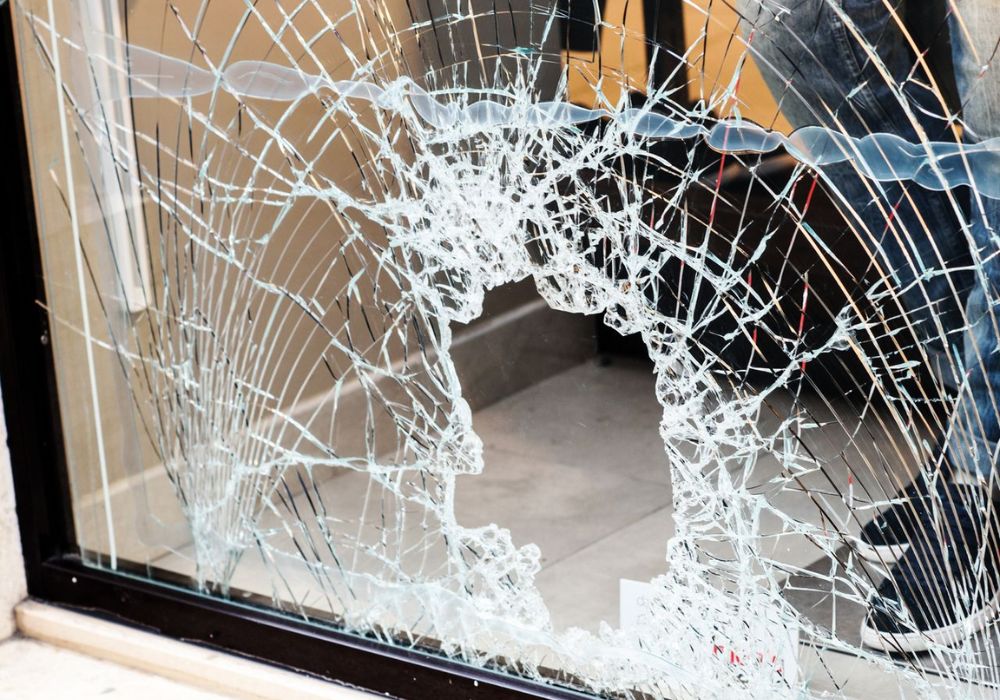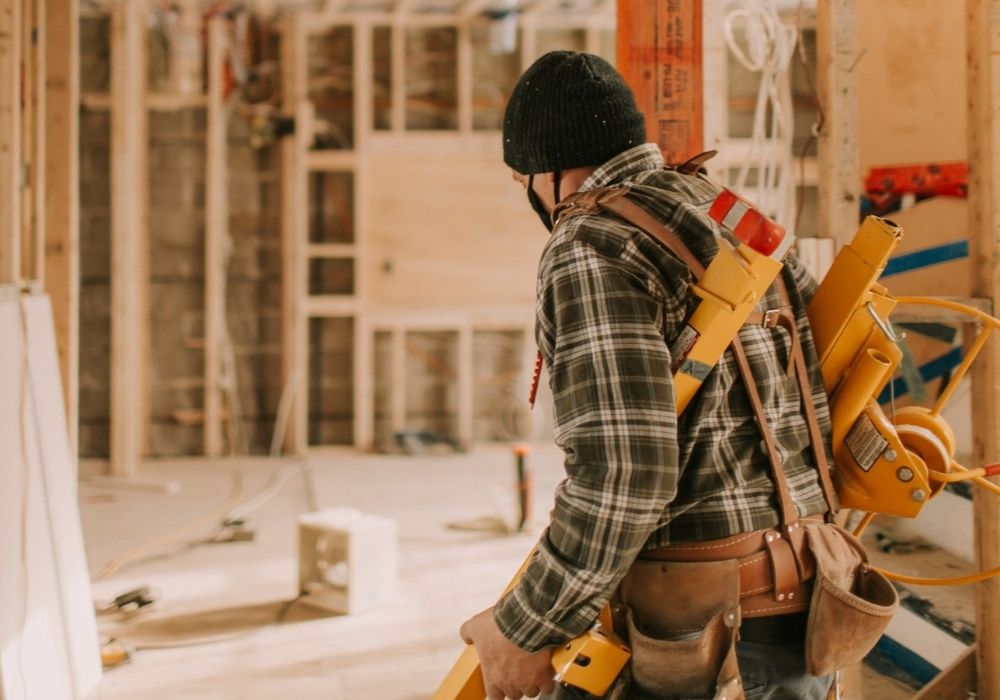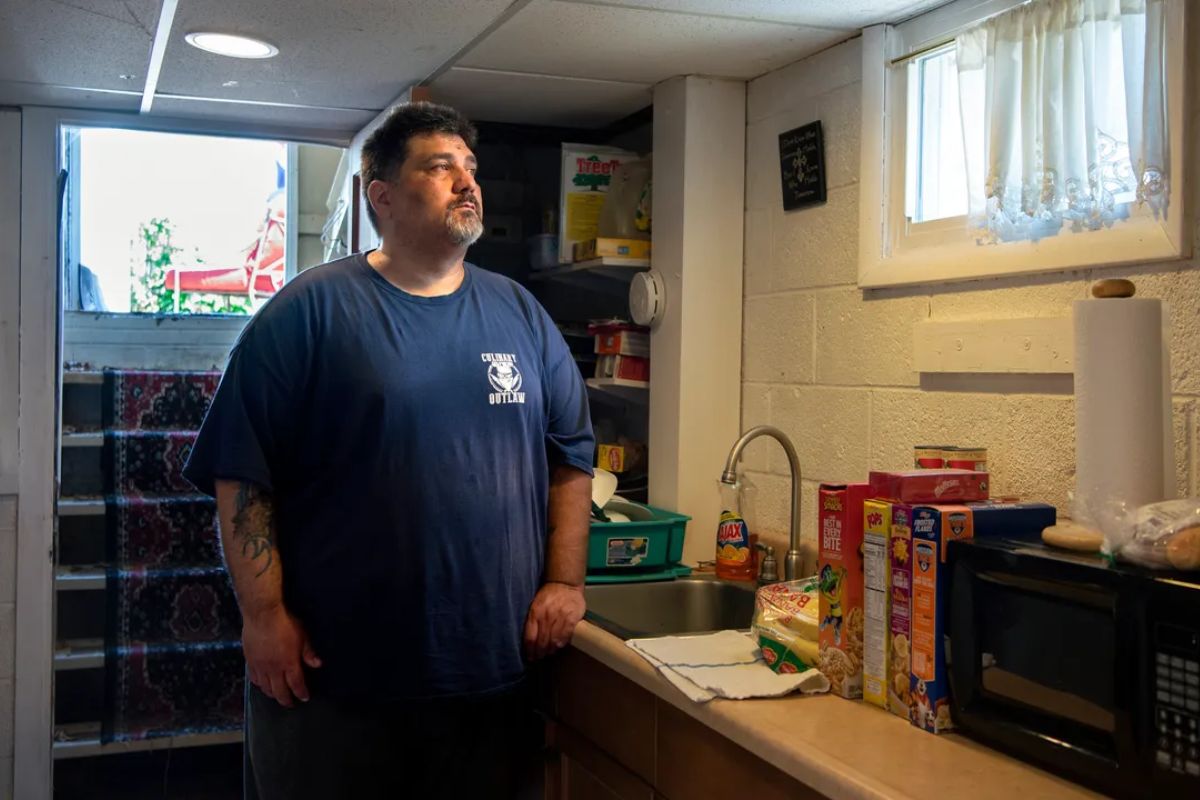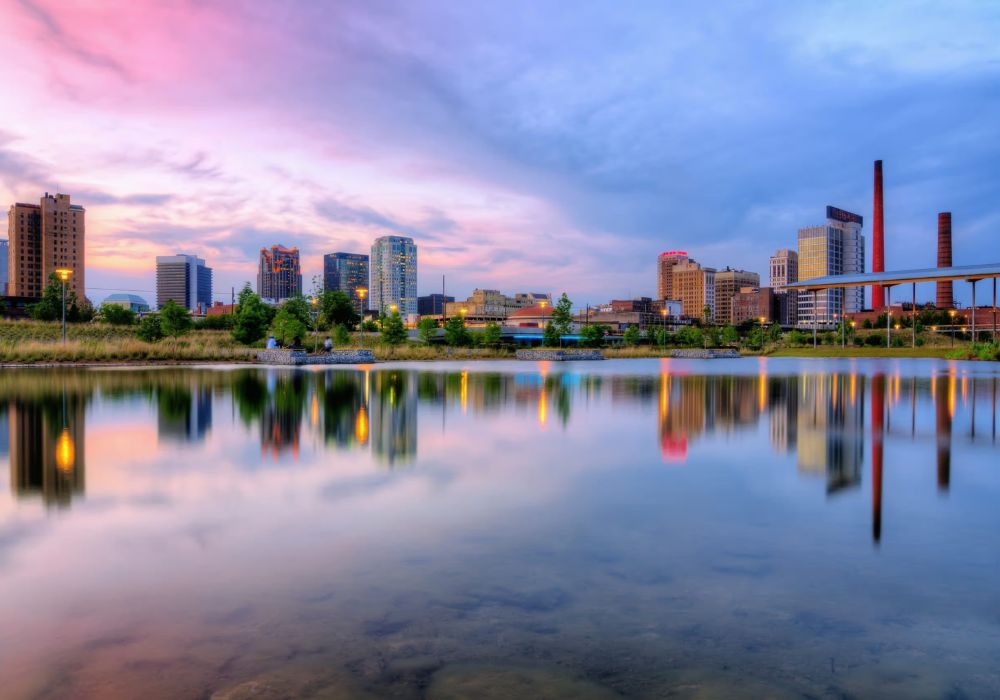Apartment buildings are designed to separate units from one another for privacy and noise reduction. However, smoke and other particles can still travel between units through hidden pathways in the building. In this article, we will explore how smoke from a neighbor's apartment fire was able to enter another unit through shared ventilation, even without connecting walls.
Ventilation Systems
Large apartment buildings often have central air conditioning and heating systems to service multiple units. These systems typically include vents that distribute conditioned air throughout the building.
Though the vents may service individual apartments, the ventilation system itself is usually shared. Smoke could travel through these long ductwork channels even between units not directly connected.
After a fire starts, smoke rises and will circulate anywhere the ventilation system reaches.
Fire Spread Through Ducts

Studies have shown fire can spread substantial distances through building ventilation systems. The hot gases and smoke travel upwards through any openings and branches in the ductwork. Vertical shafts that interconnect floors are a particularly hazardous pathway. A fire on one level may send smoke and flames up or down to spread to other apartments.
Even firewalls and unit separations don't necessarily stop this means of lateral and vertical fire spread through ductwork in multi-story buildings.
Pathways in Walls and Floors
While apartment walls appear solid, they typically have small openings and gaps to allow for electrical wires, water pipes, and other building infrastructure to pass through. Floors also contain pathways for wires and pipes serving multiple units. Smoke, heat and toxic gases can exploit any breaches or lack of fire-stopping in walls or floors. A neighbor's fire could discharge smoke into concealed wall or floor cavities that lead to other apartments.
Shared Balconies and Stairwells
Exterior walkways and stairwells that connect multiple units may not have adequate smoke seals or fire resistant construction. A fire on one balcony or in one stairwell poses a risk of exposing other apartments to smoke through these shared pathways. Doors may not fully seal or self-close after a fire starts. The building design itself may spread fire and smoke between units through unprotected joint structural elements.
Fire Dynamics and Smoke Rise
During a fire, smoke travels upwards naturally via convection heat. It will rise to infiltrate any opening or pathway it encounters as it moves up the building. A fire on a lower level presents more opportunity for smoke to find routes leading to apartments above. Smoke that enters ductwork or wall/floor cavities can spread substantial horizontal and vertical distances through a building from the original fire location.
Building Code Requirements
Codes set minimum construction standards to limit fire spread in multi-unit buildings. They require fire-rated walls, self-closing doors, and separated utility pathways.
However, older existing structures may not meet current standards. Codes also allow for some smoke and heat travel potential through centralized ventilation systems and joint structural elements not achievable to fully fire stop. No building is perfectly smoke sealed.
Conclusion
In conclusion, apartment buildings present many opportunities for smoke from a neighbor's fire to potentially spread and infiltrate other units, even without direct wall connections. Central ventilation, concealed wall and floor spaces, and shared exterior areas like balconies and stairwells all create pathways that can allow fire and smoke to travel considerable distances.





